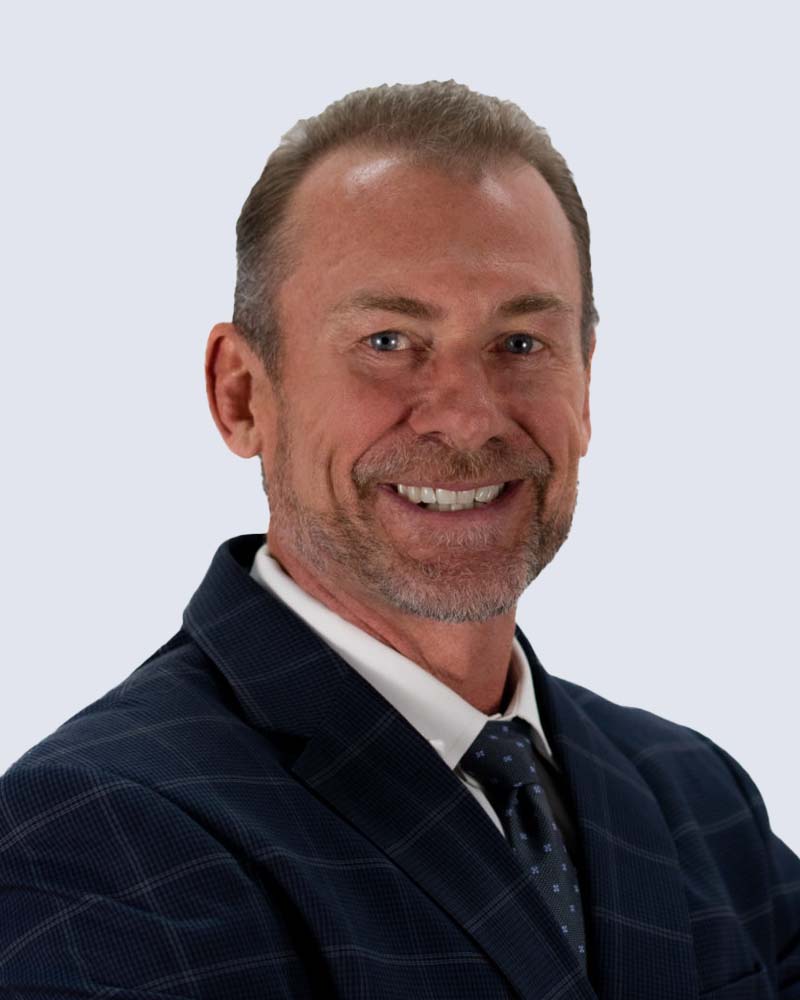Scoliosis Explained: Comprehensive Guide to Diagnosis, Treatment, and Bracing
In this Difference Makers episode, Dr. Jim Hoven interviews Dr. Chris Gubbles, a chiropractor specializing in scoliosis treatment. They explore the complexities of scoliosis, a condition where the spine curves and rotates, often without a known cause (idiopathic scoliosis). Dr. Gobles describes how scoliosis can range from mild to severe, with severe cases impacting lung and heart function due to spinal curvature. His clinic, ScoliCare, adopts a unique approach using custom braces and scoliosis-specific rehabilitation that guides patients in achieving spinal alignment. By training patients to maintain corrective postures and strengthen the spine, this non-surgical approach offers a highly specialized alternative to traditional bracing methods.
Dr. Gobles also discusses the different causes of scoliosis, explaining that while most cases are idiopathic, some are due to trauma, neurological conditions, or genetic factors. His clinic collaborates closely with other healthcare providers, including chiropractors, physical therapists, and medical doctors, to create comprehensive treatment plans. His work highlights the importance of early detection and specialized care to manage scoliosis effectively, reduce pain, and improve long-term health outcomes for patients of all ages.
Key Insights
- Definition and Diagnosis:
- Scoliosis involves both lateral curvature and rotation of the spine, visible when the cobb angle exceeds 10°.
- Causes:
- 80% of cases are idiopathic (unknown cause), while 20% may result from trauma, genetic conditions, or other factors.
- Health Impacts:
- Severe scoliosis can impair lung and cardiac functions, especially if curvature exceeds 80° in the thoracic spine.
- Treatment Approach:
- Custom Bracing: Unique bracing method at ScoliCare puts the spine in a corrective “mirror image” position to influence alignment.
- Scoliosis-Specific Rehab: Teaches patients corrective postures and strengthens the spine, integrating adjustments into daily life.
- Collaborative Care:
- ScoliCare works with a network of healthcare providers to offer tailored treatment plans, improving outcomes for diverse age groups.
What is scoliosis, and how is it diagnosed? A: Scoliosis is a condition where the spine curves and rotates abnormally. It’s often diagnosed with an X-ray that shows a curvature over 10° using the cobb angle.
What causes scoliosis? A: Most cases (80%) are idiopathic, meaning the cause is unknown. However, some cases are linked to trauma, neurological conditions, or genetic syndromes like Marfan syndrome.
How does severe scoliosis affect health? A: In severe cases (over 80°), scoliosis can impact lung and heart function due to the curvature pressing on organs, particularly in the thoracic spine.
How does ScoliCare’s treatment differ from traditional approaches? A: ScoliCare uses custom braces designed to guide the spine into a corrective position, combined with rehabilitation exercises that strengthen and stabilize the spine in that alignment.
Can scoliosis be prevented from worsening without surgery? A: Yes, custom bracing and specialized rehabilitation at clinics like ScoliCare can slow or even improve curvature progression, especially with early intervention and consistent treatment.
At what age should children be screened for scoliosis? A: Screening is recommended around the onset of puberty, typically between ages 10-14, when rapid growth may exacerbate curvature progression.
